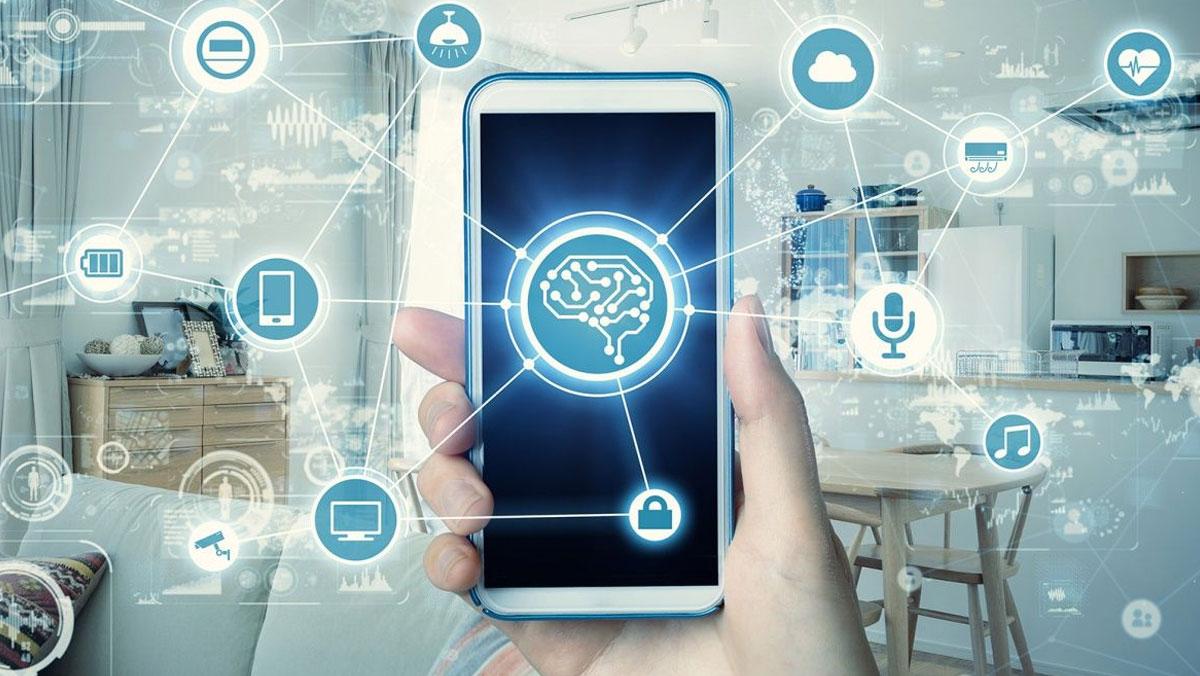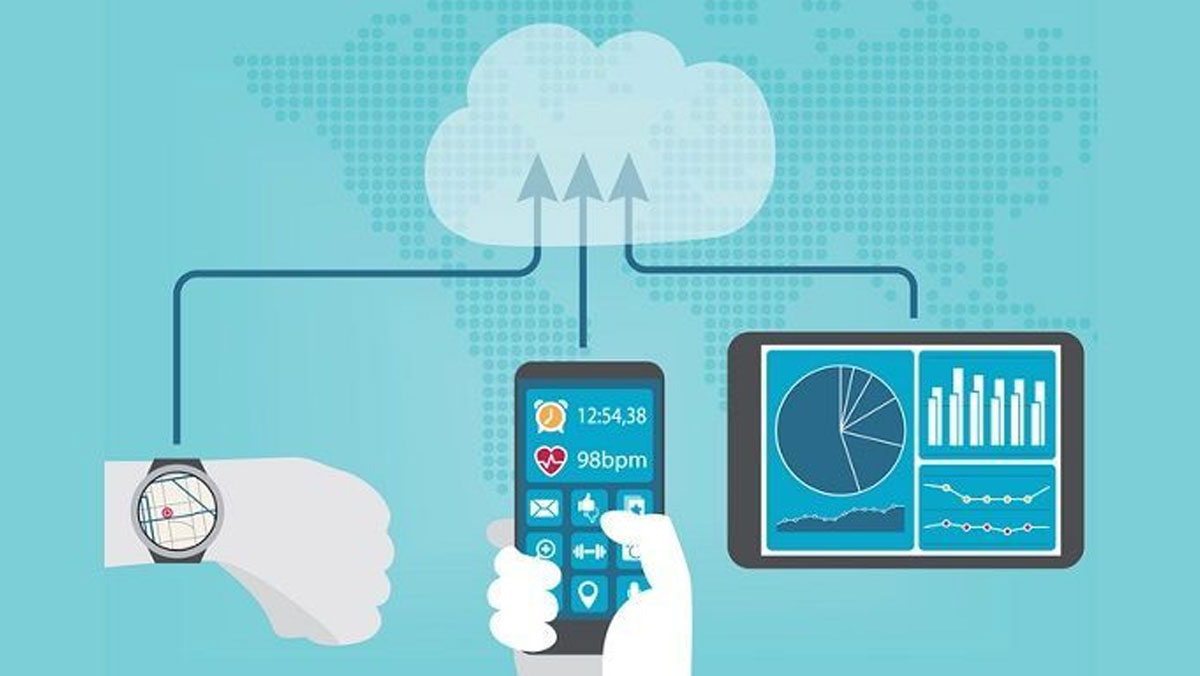Remote patient monitoring is a healthcare delivery method that utilizes the modern progress in IT to collect patient data exterior of old-style healthcare settings. It's abbreviated as RPM and is also known as remote patient management.
Ofen, abbreviated as RPM(remote patient monitoring), is a method of healthcare delivery that uses the latest advances in information technology to gather patient data outside of traditional healthcare settings.
It's like smartphones and tablets; therefore, they are extensively used by many people today. It is also used across all age groups, and seniors included the Health Harmony RPM platform, which influences technology to make patients feel more comfortable with helping to manage their health.
Just like smartphones and tablets so which are widely used by people around the world today-and across all ages groups, seniors included-the Health Harmony RPM platform truly leverages technology in a way that makes patients feel comfortable with helping manage their own health.

This comfort enhances their commitment levels, and by upgrading commitment, remote patient monitoring can help improving the standard of care.
Not only are patients boosted to better engage with their health because of the comfort of quality RPM models, but clinicians are also better equipped to understand and manage their patient's health conditions with a more constant stream of data that provides a clearer picture of their health.
In a time of social distancing and isolation, technology is enabling patients, caregivers, and clinicians to communicate and monitor health remotely. In pandemics time like COVID-19, remote patient monitoring is a more valuable tool to assist healthcare professionals in triaging incoming cases that supported each patient's condition. The pieces are in a position to help personalized, more decentralized and model of healthcare. Starting sophisticated sensors to innovative algorithms and artificial intelligence (AI), a variety of fundamental technologies is out there to enable accurate wearable clinical gadgets that gather and transmit information to help remote patient checking.
RPM is the result of improvements across some areas, all crossing at just the proper time. These are a number of the most important trends that have made RPM possible.
The Internet of Things
The Internet of things is ready to revolutionize almost every industry, and the healthcare industry is no exception. The change in the direction of a better, more attached world permits smarter and more connected healthcare solutions.
Wearable Tech
Starting from Google Glass to smartwatches to e-textiles (smart clothes), wearable tech is a new trend that's not departure any time soon.
Wearable devices permit the patients and doctors to watch vitals similar to your pulse rate for a couple of years. The technology has continued to advance to the point that, to some degree, smaller and lighter than most wristwatches can now monitor the whole system inside your body and convey that data wirelessly in real-time.
Big Data
The entirety of that information must head off to someplace. Luckily processing and storing vast amounts of data is now a reasonably common practice because of the propagation of 'Big Data' luckily.
Analyzing and combining healthy data from one individual or a group permits for cures to be prescribed rapidly, even predictably, and for machine learning to help create simpler computerized clinical guide plans.

The deeper focus on patient-centric care and an aging population are two identifiable trends that have made RPM a necessity in today's world. Undeniably, older individuals is putting new difficulties on clinical frameworks over the world, especially in a desperate NHS.
At the same time, the healthcare industry is gradually moving its focus away from satisfying targets and quotas and on the wellness of the patient. This patient-driven methodology places care of the own upfront and has implied that activities pointed toward improving the patient experience, similar to RPM, are getting increasingly vital.
It will take some time for people to understand the RPM advantage. However, the innovation is ready for a whole scope of enhancements to all or any territories of the human services division.
The patient experience given the selection of whether to remain in-home or at the hospital, it's difficult to believe that anybody would select a hospital if they knew they might receive an equivalent level of care and monitoring from the comfort of their house.
Strain on hospitals and doctors-the less demand for food, beds and doctors' time on the round will free up the resources in hospitals to provide a better quality of facility to those with no choice rather than to remain in the hospital.
More accurate and immediate diagnoses because it can almost stay at home instead of a hospital. About the real-time availability of reliable and productive data of your situation, the approachability to the present data from systems is better than medical professionals now.
Accessibility of healthcare - for the people who are unable to go away from their house, who lives in underdeveloped areas with weak conveyance links might struggle to get to a doctor or the hospital, RPM delivers a feasible alternative.
+86-0760-85702291